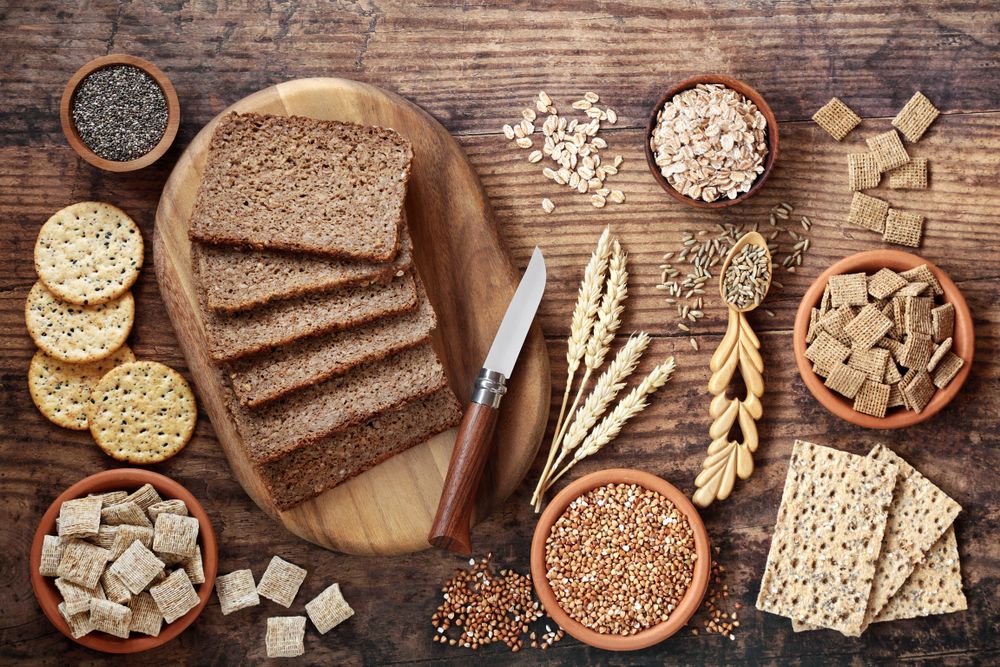Contrary to what we were advised in the 90s and early 2000s, carbohydrates should not be viewed as adversaries; in reality, they are indispensable for supplying the body with energy. Whole grains, in particular, have been associated with a wide range of impressive health benefits, including a decreased risk of obesity, type 2 diabetes, heart disease, and even cancer. The secret to their health-enhancing qualities lies in their substantial content of fiber and antioxidants. What often goes unnoticed is that some of these grains also offer a valuable source of protein.
Incorporating high-protein whole grains into your diet is a wise choice for several reasons. Firstly, protein is a fundamental requirement for maintaining healthy muscles, bones, metabolism, weight, and immunity. Opting for whole-grain protein sources not only satisfies this essential need but also furnishes the body with substantial amounts of fiber and antioxidants—nutrients that may not be as readily available in animal-based proteins. Additionally, consuming grains rich in protein can assist individuals who follow a vegetarian or plant-based diet in ensuring they meet their daily protein intake requirements. Lastly, many of these protein-rich grains are lower in calories and fat compared to numerous animal-derived proteins like meat and dairy products.
1) Amaranth

Protein content per cup (cooked): 9.4 grams
Following closely as one of the highest-protein whole grains is the ancient grain known as amaranth. Despite being gluten-free, this grain is technically a seed but is still categorized as a whole grain. In a single one-cup serving, you'll find nearly 10 grams of protein. Similar to many grains on this list, you can prepare amaranth by boiling it in water, much like you would with rice, or you can grind it into flour.
A notable advantage of this high-protein grain is that a serving of amaranth provides you with almost your entire daily requirement of manganese—a crucial nutrient for bone health and the absorption of certain nutrients in your body. However, the benefits don't end there.
Amaranth is also recognized as one of the few grains, alongside quinoa, that qualifies as a "complete protein," containing all nine essential amino acids. Your body relies on a mix of complete and incomplete proteins to function optimally, but most complete proteins are found in animal-based products, making it a challenge to source plant-based complete proteins.
2) Quinoa
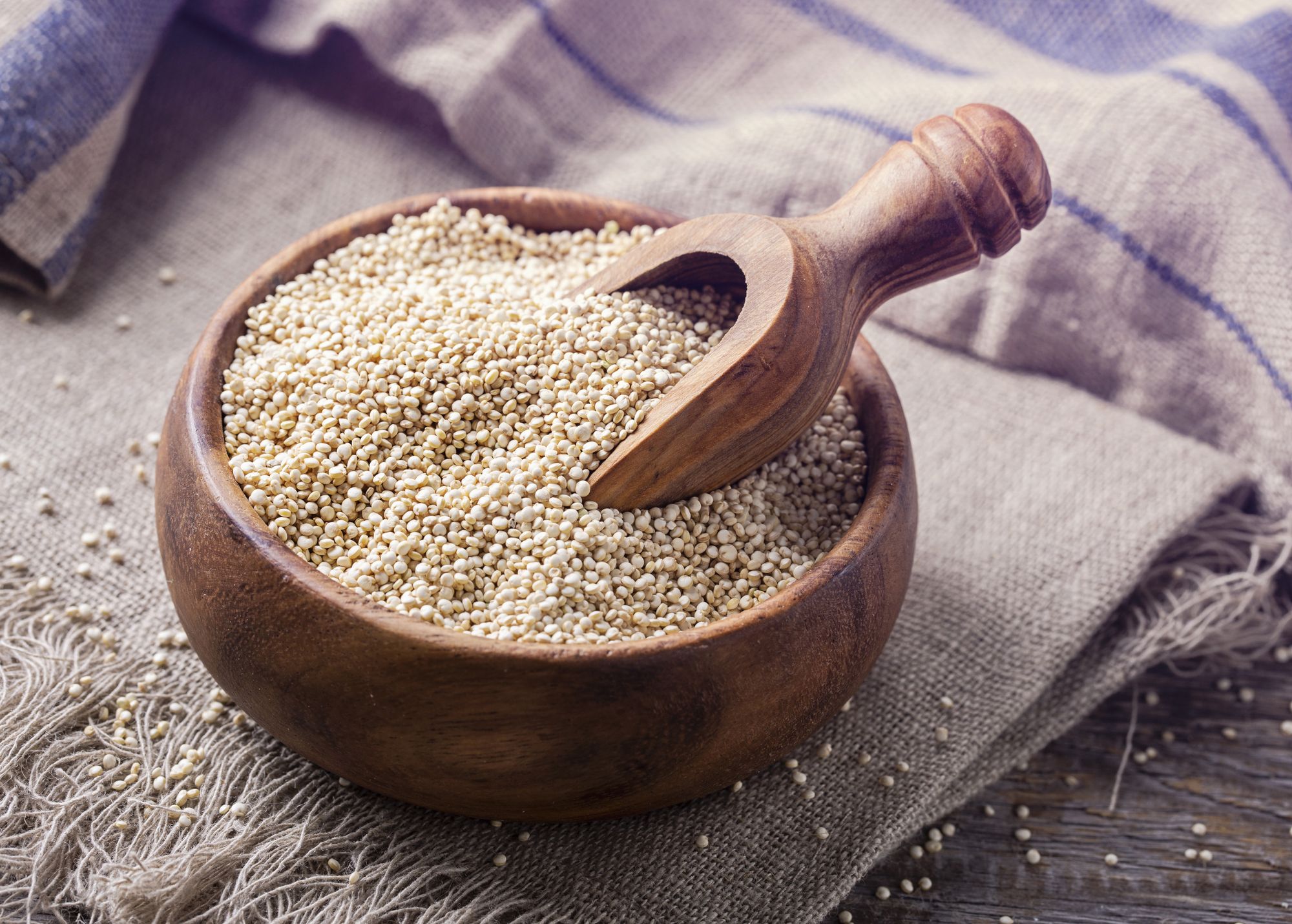
Protein content per cup (cooked): 8.1 grams
Now, let's talk about quinoa—a versatile and budget-friendly complete protein source that can easily boost your protein intake in various meals. Quinoa can serve as a substitute for rice in side dishes, serve as the foundation for soups or stews, enhance your favorite salads, or transform into a delightful sweet and savory breakfast porridge.
Quinoa is not only rich in protein but also packs a punch with fiber and an array of essential nutrients, including manganese, folate, iron, and copper. Research even highlights its high levels of antioxidants like quercetin and kaempferol, known for their potent anti-inflammatory properties. As mentioned earlier, quinoa is one of the rare grains that qualifies as a complete protein source.
3) Wild Rice

Protein content per cup (cooked): 6.6 grams
Wild rice sets itself apart from your usual white rice. It originates from the seeds of an aquatic plant found in specific lakes and rivers in Canada and the United States, and it offers a multitude of delectable advantages.
While white rice typically undergoes extensive processing, losing much of its nutritional value, wild rice retains its high protein content, along with fiber, vitamins, and minerals. Scientific studies indicate that wild rice boasts an abundance of antioxidants and consuming this whole grain can contribute to reducing blood cholesterol levels.
4) Farro
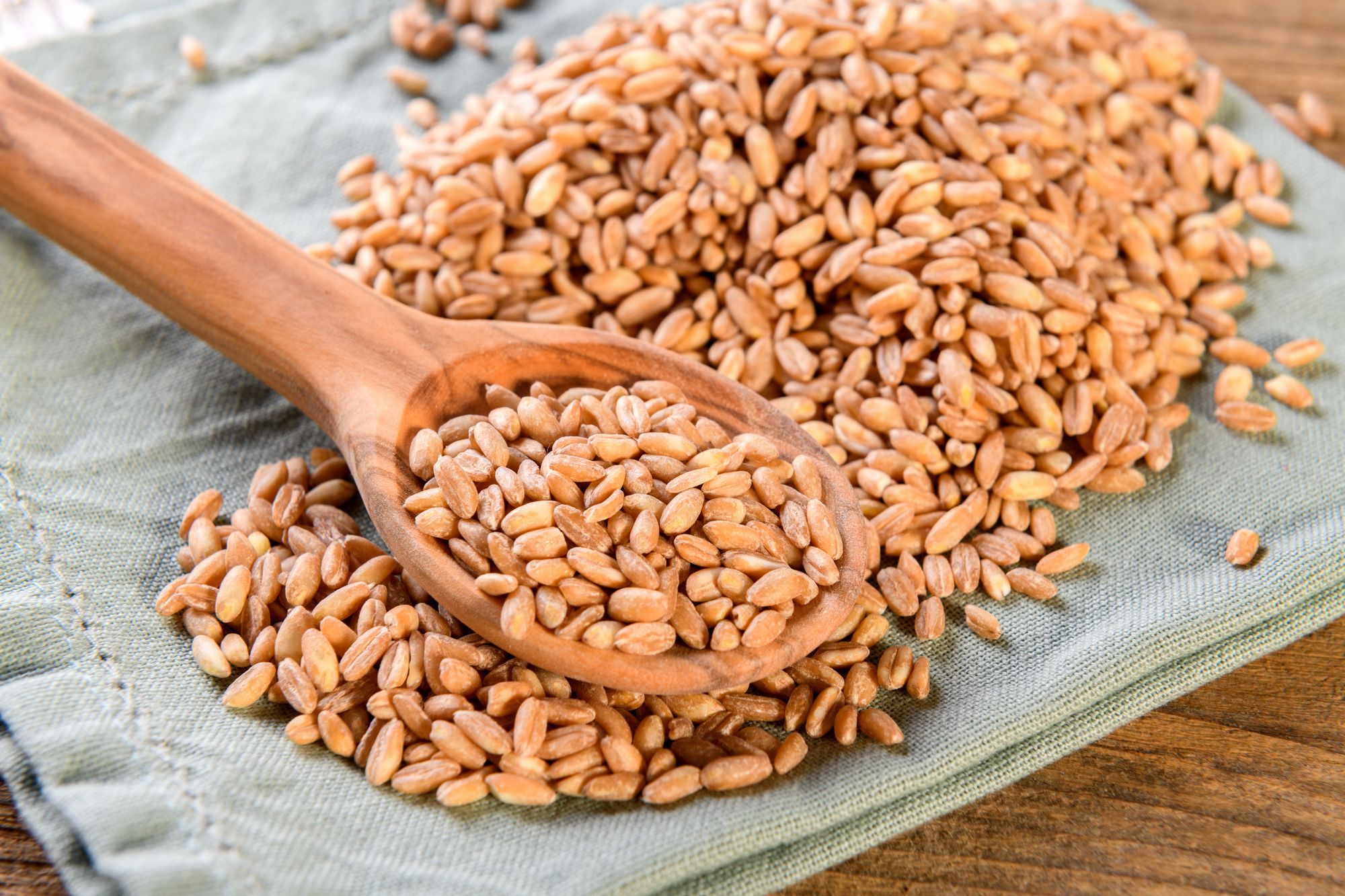
Protein content per serving: 6 grams
Completing our roster of high-protein grains is farro—an ancient grain with roots in Rome. Recognized for its chewy texture and nutty flavor, farro can be cooked with water and substituted in the same manner as rice or other grains featured on our list. You can readily find farro in most stores, making it a convenient replacement for white rice or pasta with the added benefit of being a whole grain.
In addition to its 6 grams of protein per serving, farro boasts nearly 7 grams of dietary fiber in each serving, positioning it as one of the grains with higher fiber content on our list.
5) Sorghum
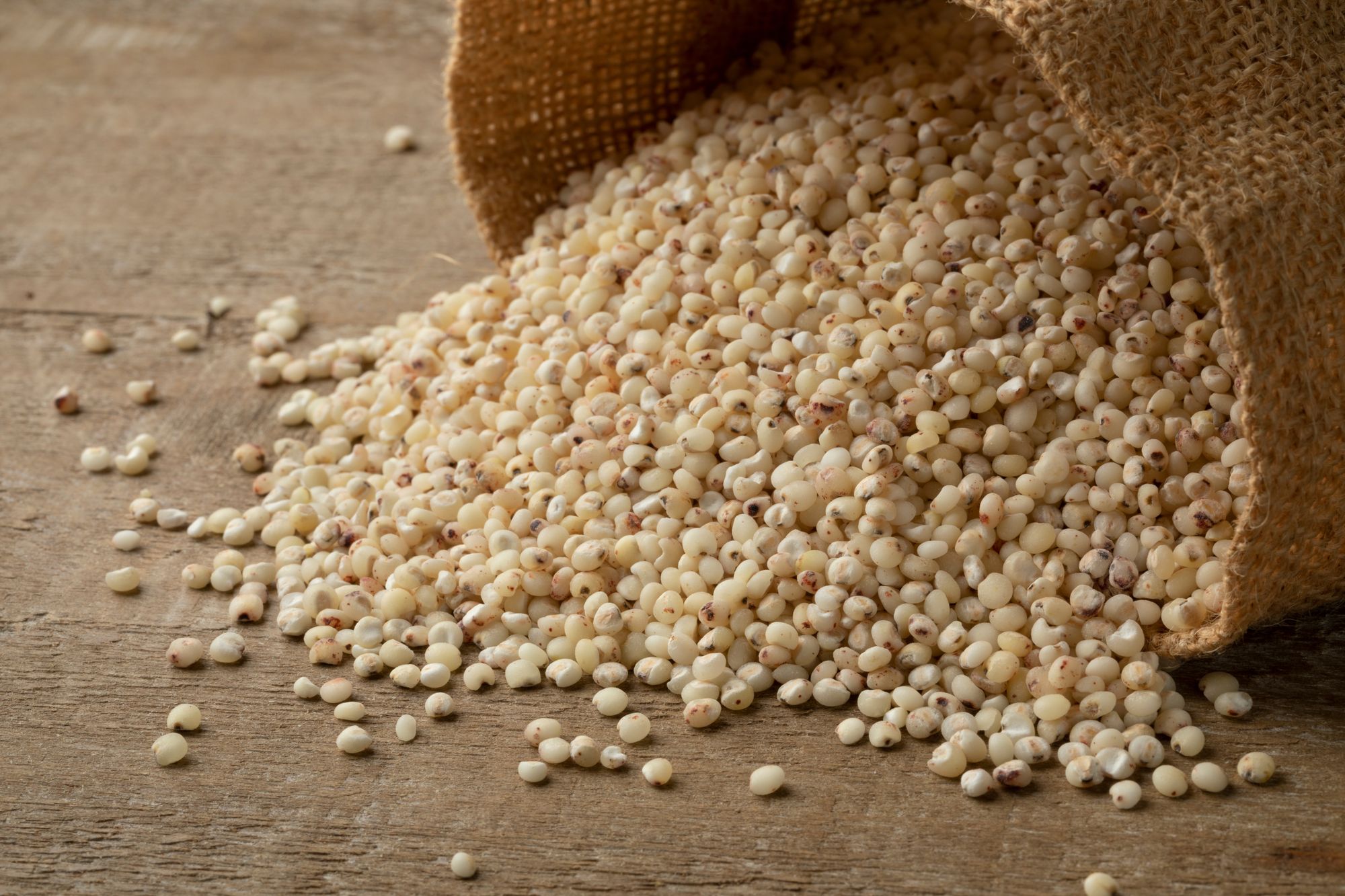
Protein content per 1/2 cup: 10.2 grams
Sorghum may not be as widely recognized as household grains like rice or quinoa, but this whole grain packs a hefty protein punch, providing approximately 10 grams per serving.
You can incorporate whole-grain sorghum as a side dish, add it to soups or salads, or even enjoy "popped sorghum," which can be prepared much like popcorn right on your stovetop.
In addition to its protein content, a serving of sorghum offers 6 grams of dietary fiber and serves as a rich source of essential nutrients such as copper, iron, and vitamins B1 and B6.
6) Teff
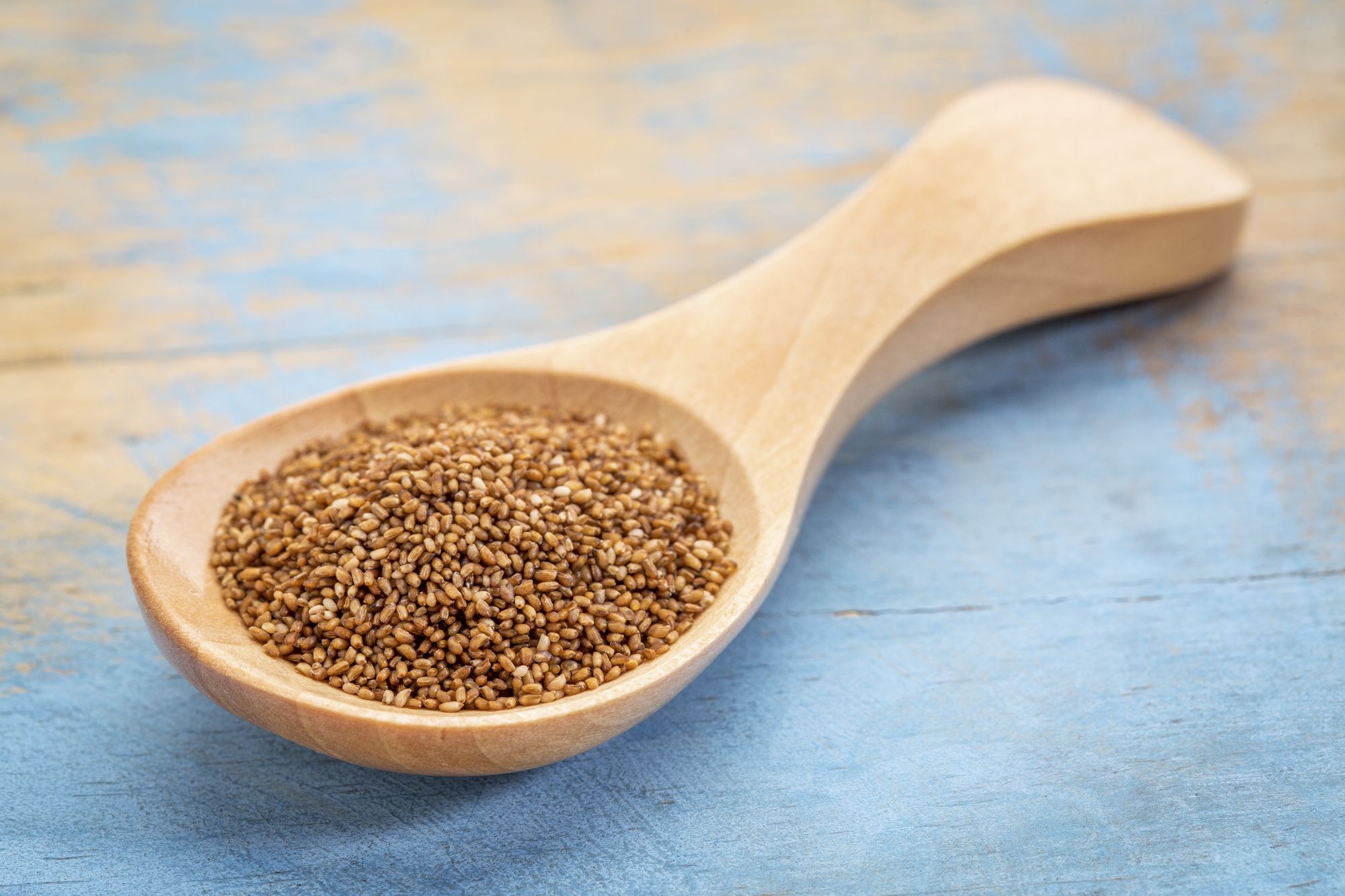
Protein content per cup (cooked): 9.8 grams
Teff, a superfood grain hailing from Ethiopia, serves as the cornerstone of many traditional Ethiopian dishes. For instance, if you've ever savored injera—a fermented, spongy Ethiopian bread—then you've already experienced teff in its flour form. Furthermore, you can readily find teff in its whole grain form in most stores and utilize it in the preparation of soups, stews, or nourishing porridges.
This remarkable grain not only boasts a substantial protein content of nearly 10 grams per cup but also ranks high in terms of fiber and an array of essential nutrients, including iron, calcium, and potassium. According to a study featured in the journal Diabetes, Metabolic Syndrome, and Obesity, teff holds promise in diabetes management due to its abundance of vitamins, fatty acids, and low glycemic index.
7) Kamut
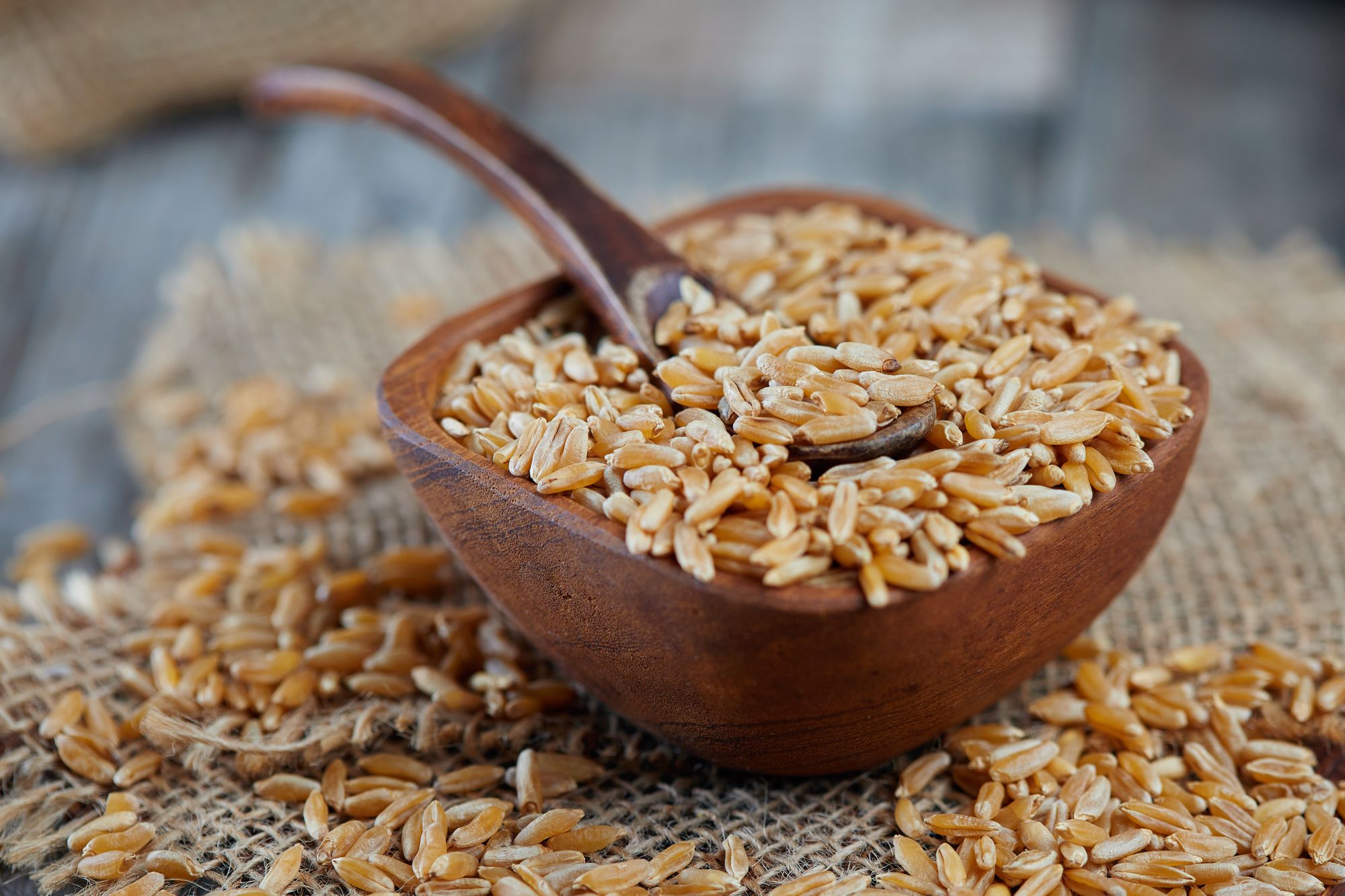
Protein content per cup (cooked): 9.8 grams
Embraced as the "traditional grain of Egypt," Kamut Khorasan wheat, often referred to simply as Kamut, stands as an ancient whole grain worth considering for your pantry. With nearly 10 grams of protein per serving, it's a protein powerhouse, and it also boasts a high fiber content. Additionally, it provides approximately 15% of your recommended daily iron intake.
Kamut is readily available in its whole grain form, known as berries, in most stores. You can prepare it by boiling in water and use it in salads, soups, or as a side dish. Alternatively, you may occasionally come across Kamut cereal, which you can cook and enjoy as a hot porridge.

